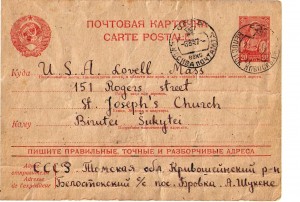The notoriously unrewarding business of writing non-fiction
books in Canada gained a double dose of glamour and money
yesterday with the announcement of the $60,000 Writers’
Trust Hilary Weston Prize. Billed as the richest award for
factual writing in Canada, the prize and the autumn gala at
which it will be announced are intended to do for the craft
what the Giller Prize does for Canadian fiction in the busy
fall season, according to its founding sponsor, the former
Lieutenant-Governor of Ontario.
Citing the work of Northrop Frye, Marshall McLuhan, Jane
Jacobs and Margaret MacMillan while making the announcement
in Toronto at Holt Renfrew, the Weston family’s store,
Hilary Weston said she hoped the prize would help revitalize
a form of writing that is becoming increasingly difficult to
undertake in Canada. “As I get older I really feel
passionate about non-fiction because of its broad reach,”
she said, adding that the prize is intended in part to
underwrite the enormous research the best non-fiction books
require.
Weston’s commitment transforms the unsponsored orphan of
the Writers’ Trust awards program into a sparkling
Cinderella with an appropriately glamorous coming-out next
fall, in the same few weeks when winners of the group’s
own fiction prize, the Scotiabank Giller Prize and the
Governor-General’s Literary Awards are announced. Unlike
the remainder of the Writers’ Trust prizes, which are
typically presented as a group at a low-key ceremony, the
Hilary Weston Prize will get its own gala, potentially to be
televised by CBC.
[Photo: Stephen A. Wolfe]





